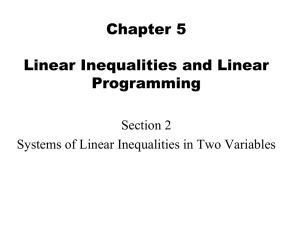Hockey Stops
advertisement
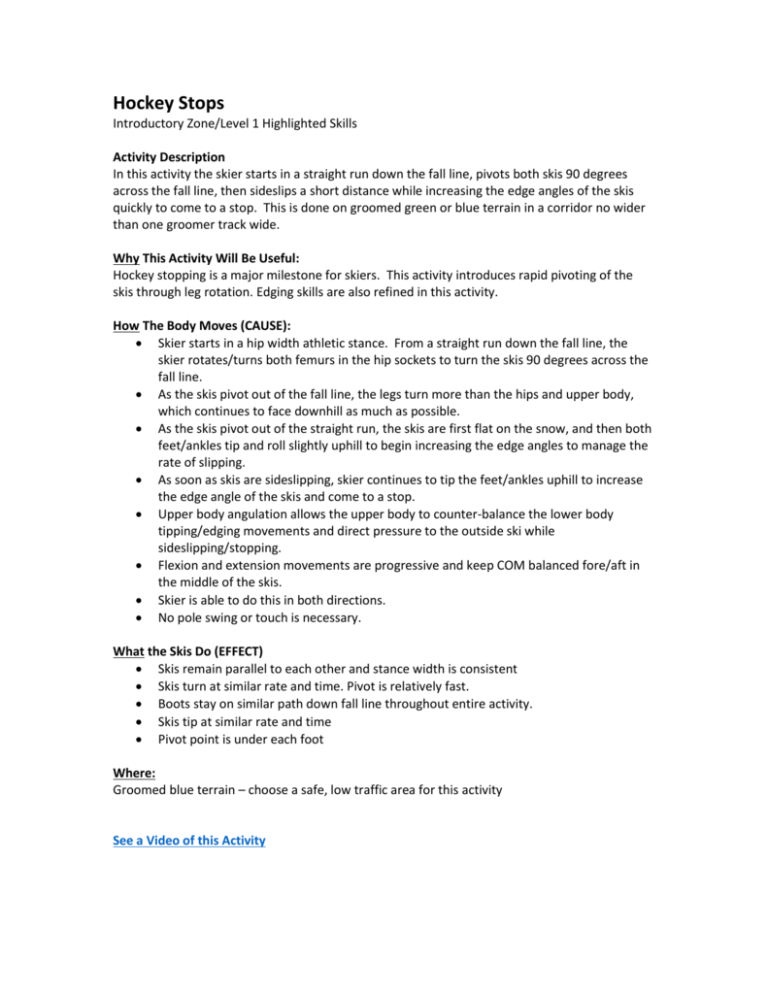
Hockey Stops Introductory Zone/Level 1 Highlighted Skills Activity Description In this activity the skier starts in a straight run down the fall line, pivots both skis 90 degrees across the fall line, then sideslips a short distance while increasing the edge angles of the skis quickly to come to a stop. This is done on groomed green or blue terrain in a corridor no wider than one groomer track wide. Why This Activity Will Be Useful: Hockey stopping is a major milestone for skiers. This activity introduces rapid pivoting of the skis through leg rotation. Edging skills are also refined in this activity. How The Body Moves (CAUSE): Skier starts in a hip width athletic stance. From a straight run down the fall line, the skier rotates/turns both femurs in the hip sockets to turn the skis 90 degrees across the fall line. As the skis pivot out of the fall line, the legs turn more than the hips and upper body, which continues to face downhill as much as possible. As the skis pivot out of the straight run, the skis are first flat on the snow, and then both feet/ankles tip and roll slightly uphill to begin increasing the edge angles to manage the rate of slipping. As soon as skis are sideslipping, skier continues to tip the feet/ankles uphill to increase the edge angle of the skis and come to a stop. Upper body angulation allows the upper body to counter-balance the lower body tipping/edging movements and direct pressure to the outside ski while sideslipping/stopping. Flexion and extension movements are progressive and keep COM balanced fore/aft in the middle of the skis. Skier is able to do this in both directions. No pole swing or touch is necessary. What the Skis Do (EFFECT) Skis remain parallel to each other and stance width is consistent Skis turn at similar rate and time. Pivot is relatively fast. Boots stay on similar path down fall line throughout entire activity. Skis tip at similar rate and time Pivot point is under each foot Where: Groomed blue terrain – choose a safe, low traffic area for this activity See a Video of this Activity Teaching/Learning Cues Static practice in boots, target the hips and upper body in one direction, step/turn feet to left, back to front, and then right. Repeat. Static practice in boots: if unable to stand on both feet and slowly rotate them at same time, practice first with one foot and then the other. Stand with both feet on ground. Turn one foot slowly in the snow, pivot in middle of boot so toe and heel move similar amounts (bow-tie shape created in snow). Practice with other leg. Then practice with both. In static drills, if one foot turns faster or earlier than the other, focus on the less active leg and try to have it turn first and faster. Blend back to similar rate and time of rotation for both legs. Using an uphill arc fan progression, use leg rotation to turn skis. Think: the legs turn more than the body from fall line to finish phase. Turn the legs to tighten the radius of the uphill arc. At first, practice on lower edge angles so the skis can rotate as the legs turn. In practice, slowly increase the rate and intensity of leg rotation and decrease the time and distance that the rotation takes to occur. Straight run to sideslip. From straight run, tip skis onto slight edge while rotating skis quickly across the fall line using rapid, yet controlled, turning of both legs in the hip sockets. (Note: keep COM balanced over middle of skis to promote pivot point in middle of skis) As the skis are sideslipping, use lower leg movements to increase edge angles until the skis stop (continue to use upper body angulation to manage lateral balance while stopping).
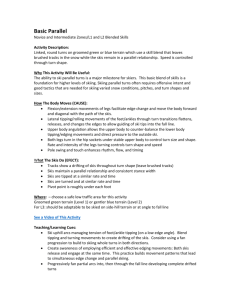
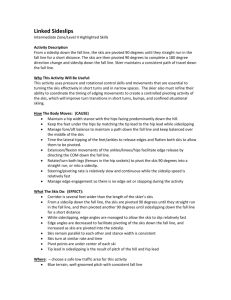

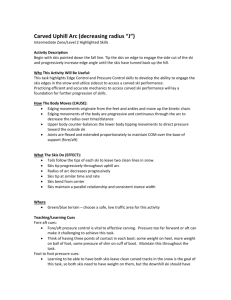
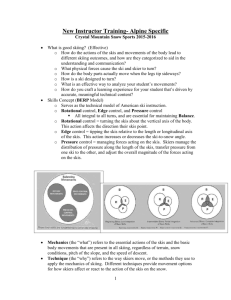
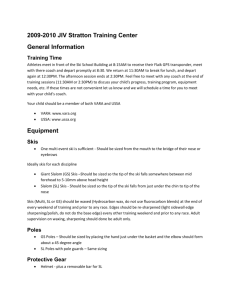
![[09]. Strategies for Growth and Managing the Implications of Growth](http://s2.studylib.net/store/data/005486524_1-1f063ac78a31ad020721eab31440cecf-300x300.png)
